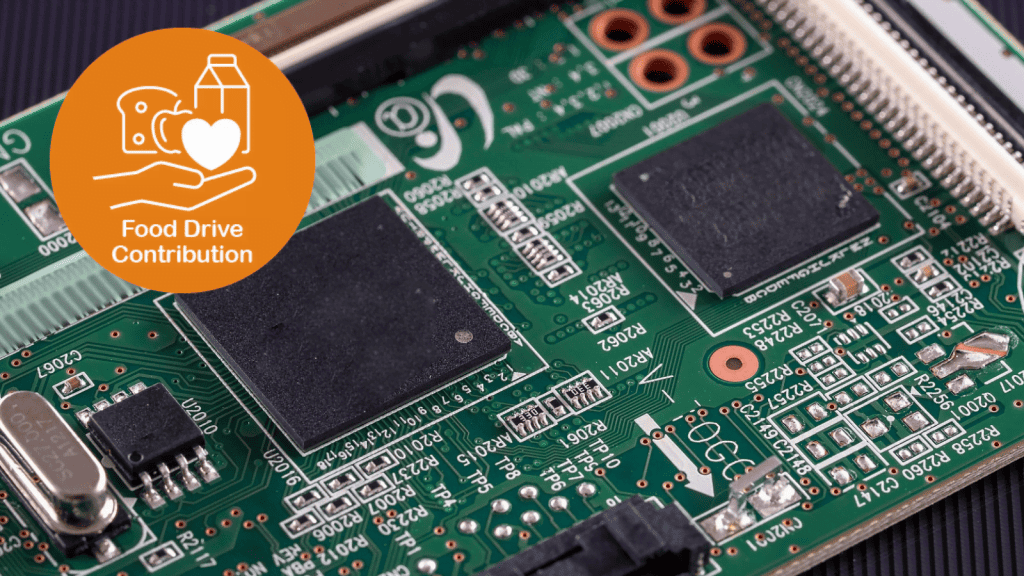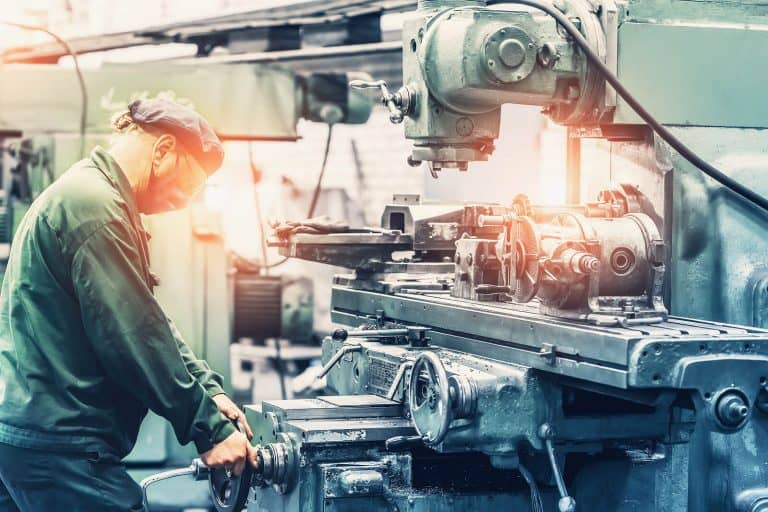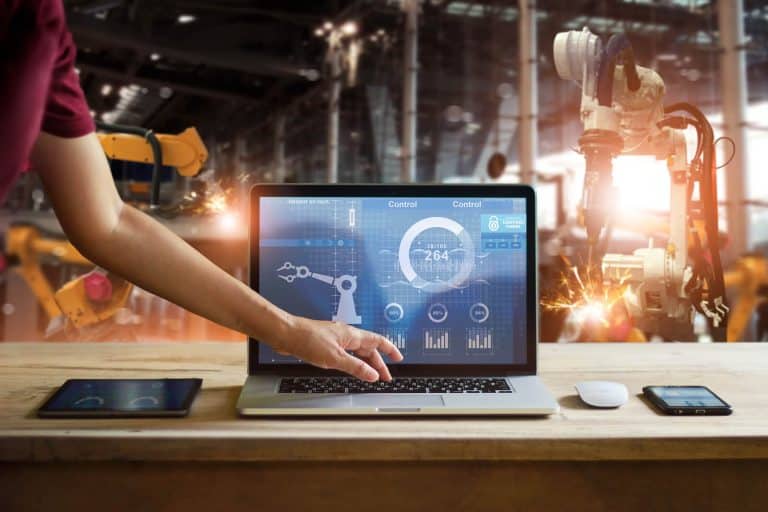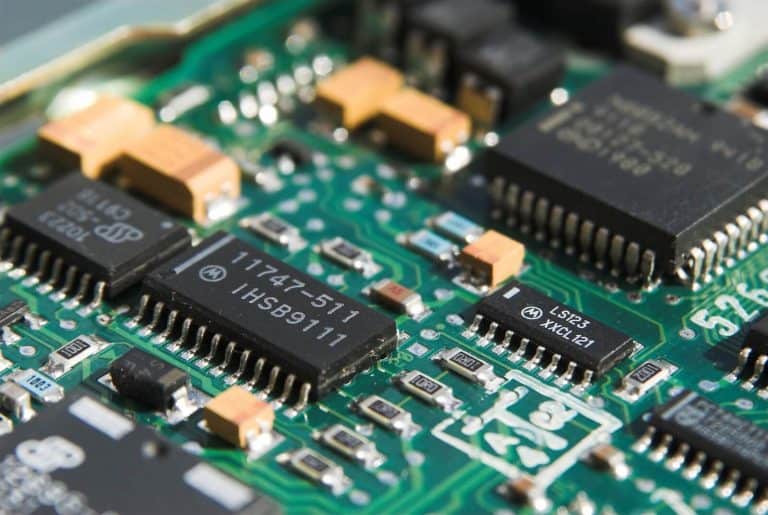IT Chronicles reached out to executives, thought leaders, experts, practitioners, and writers about a unique initiative. ITC would donate to Second Harvest for every article submitted in December by our past contributors. Thank you to all who contribute to this food drive. We appreciate your knowledge and leadership.
Table of Contents
ToggleWhen it comes to PCBs, the one size fits all approach rarely works. So it is with PCB costing which tends to vary basis a wide variety of factors. Let us look at them in detail:
#1 Choice of Material
It stands to reason that the choice of material of the circuit board will impact the cost. While standard PCBs are made with FR4 material, special material is required for industries such as aerospace, where the PCB has to brave extreme conditions. The choice of material, in turn, is influenced by the following factors:
- Range of temperature under which the board is expected to perform. Can it withstand the high temperature without transferring heat to adjacent components?
- Can the material facilitate robust signal performance?
- Does the material have the necessary mechanical properties to withstand physical stresses?
#2 PCB Size
The size of the PCB and its panel utilization are other factors that impact the price. Typically a small PCB needs fewer components and could be less costly to produce. That said, the most commonly used PCBs are in the following dimensions:
- 18 X 24″ (457 x 610mm)
- 18 X 21″ (457 x 533mm)
- 21 X 24″ (533 x 610mm)
The amount of space consumed by components on a board will also affect the price.
#3 Number of Layers
It goes without saying that multilayer PCB comes at a higher cost. As a thumb rule, the significant increase happens with adding a second layer. Adding additional two layers raises the cost by one-third. Typically over and above the eight-layer threshold, the price increases are less steep.
Besides more material, a higher number of layers also means a higher time to fabricate. Besides, the higher number of layers also increases the probability of errors and production defects, the cost for which also needs to be built-in.
#4. Finish
The finish of the PCB also impacts its cost. Some finishes increasing the shelf life of PCBs also come at a higher price. Below are some of the features offered by different surface treatment options:
- HASL: Solderability
- OSP: Solderability
- IMM Ag: Solderability, Al wire bondable
- IMM Sn: Solderability
- ENIG: Solderability, Al wire bondable, contact surface
- ENEPIG: Solderability, Al wire bondable, contact surface
- Elec Au: Solderability, Al/Au wire bondable, contact surface
#5. Size of Hole
The holes’ size, number, and the material and thickness of layers being drilled also impact the cost. Extremely thin holes need specialized tools as well as skillsets and hence come at a higher cost. Similarly, if there are too many holes to be drilled, that adds to the work and therefore the price. The high number of layers of the PCB also makes the drilling of holes a time-consuming task. Similarly, if the material used is hard to drill, that impacts the cost.
#6. The thickness of the PCB and Aspect Ratio
Broadly, thicker material is costly for procurement and lamination, especially for intricate designs.
The price of a thicker board could also be higher if it has a large aspect ratio. If the board consists of multiple layers it will also require more material and involve more work in its construction.
#7. Trace Width
For a current to transfer on PCB without the fear of overheating and damage to the board, there must be sufficient trace width in the board design. Enlarging the trace width as well as adding an extra solder mask to traces that could be prone to burn, impact the price of the PCB.
#8. Custom Specifications
A PCB with unique specifications also adds to its cost. Some of the examples of custom specifications include:
- Contoured Edges
- Side-Plating
- Extra solder mask clearance
If the design involves custom detailing that is hard to produce or that increases the time of production, the overall cost tends to go up. This is because it requires specialized tools that the company may need to procure.
To ensure that the price of the PCB does not skyrocket, it is essential to ensure you have a cost estimate based on your PCB Prototyping before going into production. Also, it is imperative that the contract manufacturer fully understands your design requirements so that no trial and error could cost you both in terms of money and time to market.





